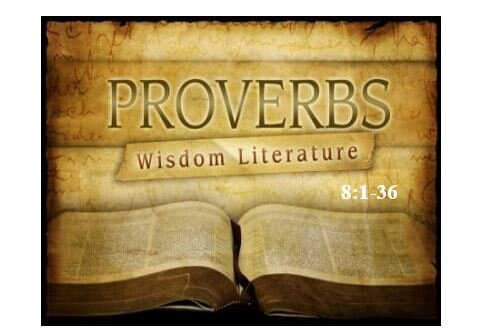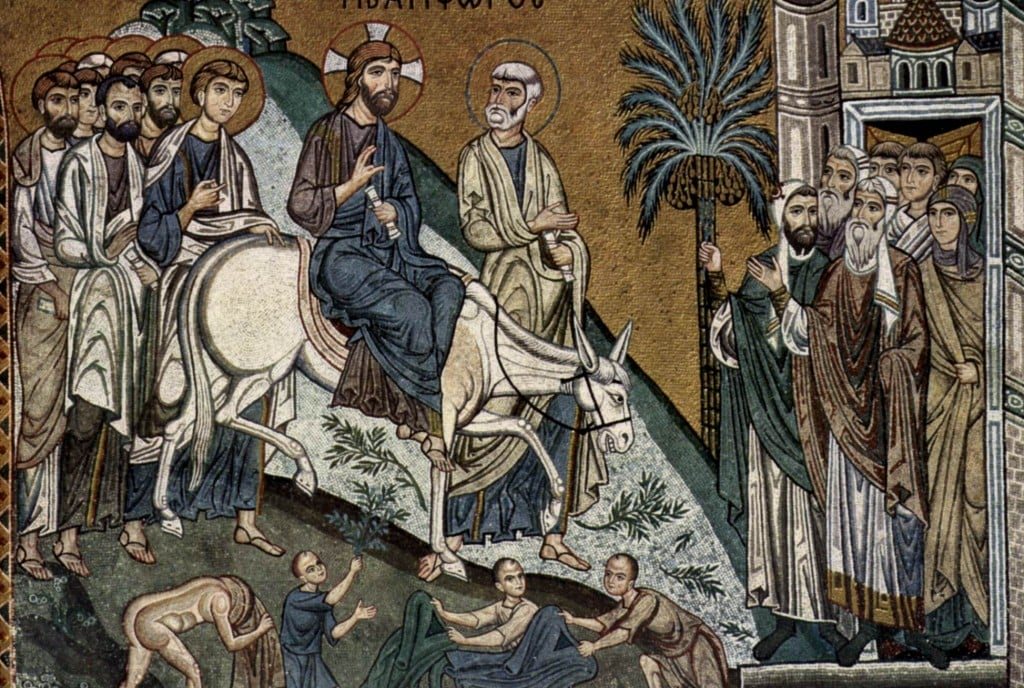Luke 8:26-39 is the Gospel text appointed for the 2nd Sunday after Pentecost in the Year of Luke. This text is unusual in that Jesus' authority is both a cause of healing and a cause for dread. It will be the task of the preacher to help listeners find themselves in the text and, whether they are initially enthralled or frightened by Jesus' authority, to finally be drawn into Jesus' healing power.
(The following questions are not meant to be exhaustive, but have been developed to highlight the way the Word functions in the text. This is a primary concern of Law and Gospel preachers because the way the Word functions in the text is the way the sermon must, at least in part, function. For more on this method and on Law and Gospel preaching in general, see my brief guide, Afflicting the Comfortable, Comforting the Afflicted, available from wipfandstock.com and amazon.)
1. How does the Word function in the text? The text clearly functions to announce the authority Jesus has over evil. The demons are completely under his control, begging him to be merciful to them. Whether this authority of Jesus is viewed as good news (gospel) or bad news (law) depends on the listener. To the possessed man, Jesus' authority is good news, to the demons and the people of the city, it is terrifying.
2. How is the Word not functioning in the text? Again, this depends on whether one identifies with those who rejoice in Jesus' authority or those who fear Jesus' authority.
3. With whom are you identifying in the text? It may be that we identify with both those who rejoice and those who fear Jesus' authority. On one hand we wish to be healed, on the other hand, we are often comfortable with our demons.
4. What, if any, call to obedience is there in this text? It certainly is not a central part of this text, but the last scene could be taken as a call to obedience to us all, "Return to your home and declare how much God has done for you."
5. What Law/Gospel couplet is suggested by this text? There are several obvious couplets here: bound/freed; possessed by evil/possessed by God; ill/healed.
6. Exegetical work: More than one commentator has noted the irony of the response of the townspeople to this exorcism. Phillip Melanchthon is one. He says, "The devils confess Jesus to be the Christ, just like all the reprobate, but they do not believe that they may be saved by this Jesus. On the contrary, they think he has come to torment, trouble, and taunt them." In short, they mistrust Jesus. (Reformation Commentary on Scripture, NT, vol. III, p. 181). Konrad Pellikan, another German reformer, agrees: "Then a certain fear seized them all, when it would instead have been proper for them to glorify God and embrace his power, who had restored to health one so deplorably wretched..." Pellikan sums it up: "...they were afraid of his power but did not understand his goodness." (Ibid., p.183). Fred Craddock, in his contemporary commentary, concurs: "Now the power of God comes to their community and it disturbs a way of life they had come to accept." "Even when it is for good, power that can neither be calculated nor managed is frightening. What will God do next?" "The Gerasene people are not praising God that a man is healed; they are counting the cost and finding it too much." (Interpretation series, Luke, p. 117f).
7. How does the Crossings Community model work with this text? James Squire, in his 2025 analysis, lifts up a commonplace in our broken society that is highlighted by this story: throwaway people. He goes onto say that Jesus becomes one of these these "throwaways" to save us. See the entire analysis at crossings.org/text-study.
8. Consider the insights of the pioneers of the New Homiletic? Charles Rice urged preachers to help listeners recognize their shared story in a text. This would be a great chance to lift up the fear that has 'seized' us in our day and age and call upon Jesus to free us from this bondage. This could be our shared story.
Blessings on your proclamation!






